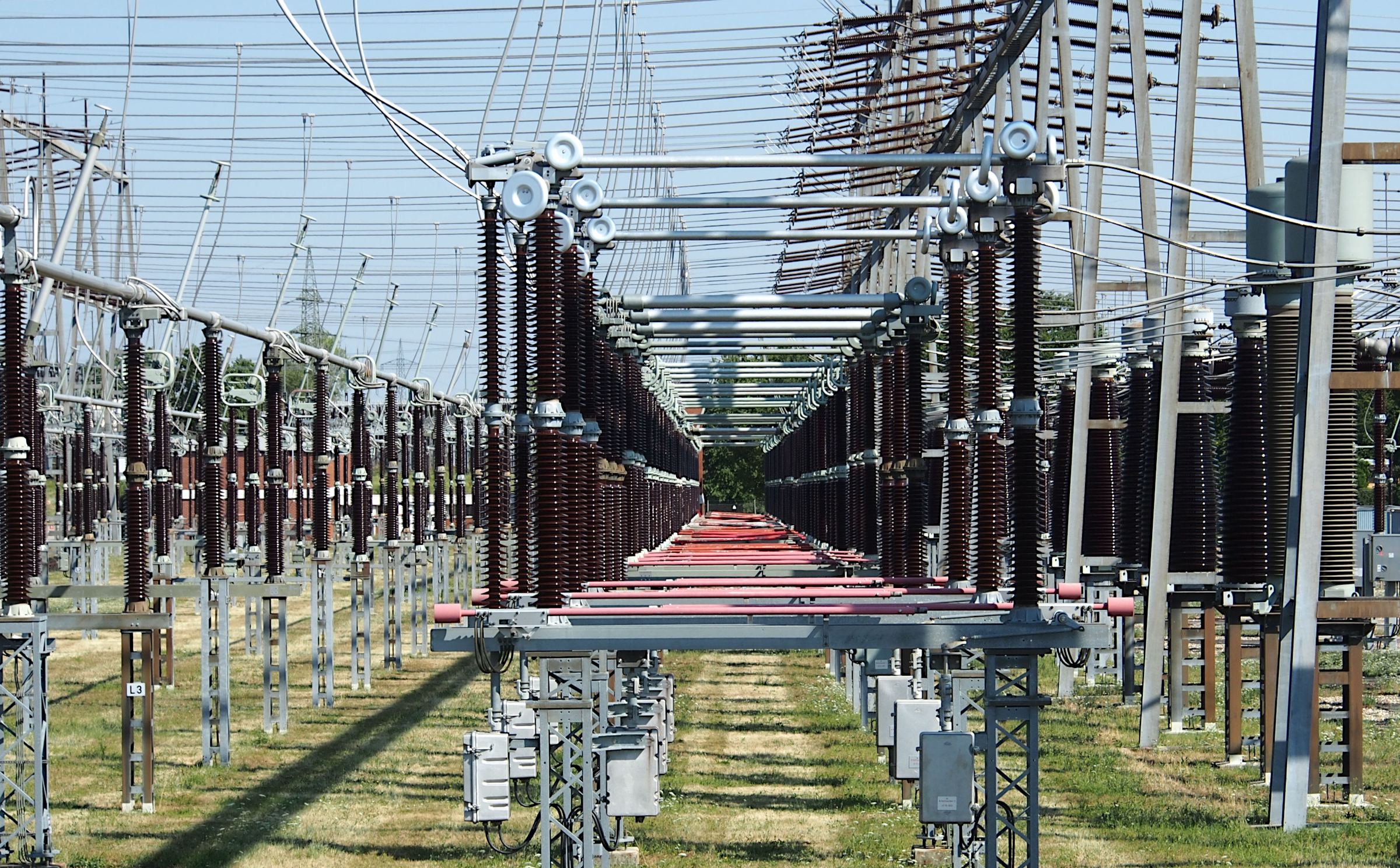ASSESSMENT OF THERMAL EFFICIENCY IN BUILDINGS WITH GREEN VS CONVENTIONAL ROOFS: A CASE STUDY OF HYDERABAD
Keywords:
urban heat island, passive thermal, energy, green roofAbstract
A number of reasons make contributions to global warming, which includes gasoline intake, urbanization, much less open area, and vehicle emissions. Hyderabad, a city in the Sindh province of Pakistan, is a high instance of the terrible results of environmental trade. Its scorching, dry weather is made worse via the scarcity of inexperienced areas. This have a look at examines how beginner roofs may be able to alleviate these problems through evaluating their thermal behavior to the ones of conventional roofs. The examination focused on Hyderabad's hot summers that may attain 40°C, and its chilly, windy evenings.
Results from 3 months of statistics collection (July to September) revealed that inexperienced roofs substantially lessen both indoor and out of doors temperatures. The common indoor temperature distinction turned into 4.08°C, at the same time as the outdoor temperature difference became 2.75°C. These consequences reveal how well green roofs reduce warmth float, offer insulation at night time, and maintain steady temperature and humidity levels, mainly because the rainy season strategies.
Ultimately, inexperienced roofs enhance occupant consolation and strength economy by means of acting as passive thermal modifiers. In warm, dry areas like Hyderabad's, they provide a sustainable way to reduce the outcomes of urban warmness islands via regulating temperatures and lowering direct daylight hours exposure on rooftop slabs.
















